This is a part two entry on Maroudo Shrine to introduce one of my thoughts on the enigmatic Maroudo shrine. For those who haven't read part one, check this out prior to reading this.
As I mentioned in the part one, several bloggers write this shrine based on the analogy of the Monkyakujin shrine (門客人神社) in Hikawa shrine (氷川神社).
In the past,
Arahabaki shrine enshrined Arahabaki (荒脛巾) who does not appear in two Japanese chronicles and is thought to be an indigenous deity.
 |
| Monkyakujin Shrine in Hikawa Shrine as Sessha |
When the Izumo tribe emigrate to the Musashi province, they enshrined their own deities there. It is likely that the Arahabaki shrine was subordinated to the Hikawa shrine by Izumo emigrants and became the Sessha of Hikawa shrine. The name was changed to Monkyakujin shrine. As a consequence, Arahabaki was kicked out by Tenazuchi and Ashinuchi who are the parents of Kushinada hime of Susanowo's wife.
Similarly, was the previously enshrined deity of Maroudo shrine in Ohira town taken over by Takeminakata enshrined in Isoyama Suwa shrine? No archives exist to indicate the past enshrined deities in Maroudo shrine, which makes us ponder who the hell the enshrined deities used to be!
Was Arahabaki the indigenous enshrined deity before Takehinakata took over the prime position???
This could be true, however, my gut keeps sending me a beeping noise. Hereafter I propose two possible case scenarios.
(1) This shrine is indeed overlooked Kadomaroudo shrine as Sessha of Ohira Shrine (太平神社). Just like the Kadomaroudo Shrine in Itsukushima Shrine (image below), this shrine acts as a gatekeeper of the Ohira Shrine.
 |
| Two Kadomaroudo shrines in Itsukushima shrine |
Here are pieces of evidence to account for this.
(a) The Mt. Ohira summit, Okumiya of Ohira shrine, Maroudo shrine, and Isoyama Suwa shrine roughly lie in a straight line!!!
(e) BTW, Ohmononushi is a snake deity, too.
Am I fully in favor of this hypothesis???
Well, not really...
In the next entry, I will introduce the second possible scenario I am more into.
To be continued.



No comments:
Post a Comment
Your comments are always welcome! It's NOT a bad idea to follow this blog, if you are not a follower already:)
日本語でのコメント大歓迎です。